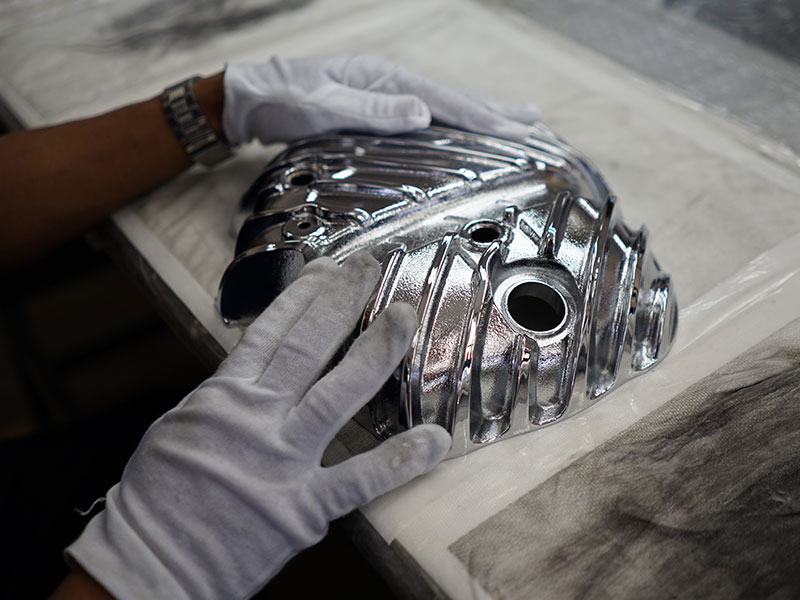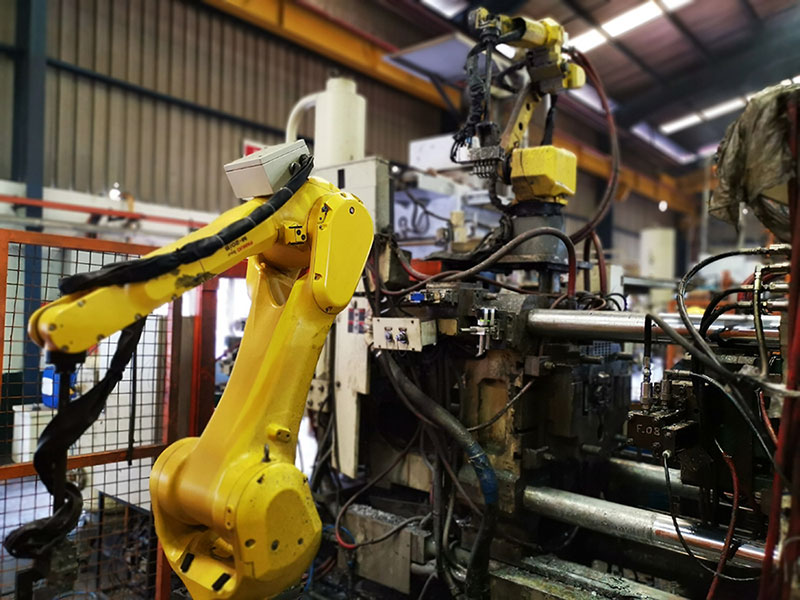Diecasting is now the mainstay of the manufacturing industry in Malaysia which has significantly aided in the growth of Malaysia’s industry as well as economic growth. The process of precision casting involves infusing molten metal into the mold cavity using intense pressure, resulting in precise, well-formed metal products. Since the beginning of time the diecasting industry in Malaysia has changed and grown thanks to technological advances and a highly skilled workforce as well as the support of government policies. This growth is a reflection of Malaysia’s ambition to be a major player on the world of manufacturing, offering high-quality parts to diverse industries which include electronics, automotive as well as consumer goods.
Diecasting’s development in Malaysia is found in the late 20th century. This was the time of the country’s industrialization initiatives. In the beginning, diecasting was used for the production of simple metal components that could be used for domestic purposes. But as the economy of Malaysia expanded and became industrialized, the need for high-precision, more complicated diecasting components grew. The demand for this was especially high for the electronic and automotive industries, where they required durable high-quality, durable parts to make their products. In recognition of the potential for diecasting to boost production efficiency and increase productivity, the Malaysian government came up with measures to aid diecasting’s growth, which included investing in the latest infrastructure and technologies, creating an environment that is conducive to the development of innovation and growth.
technological advancements contributed to driving Malaysia’s diecasting industry to the next level. Integration of computer-aided designing (CAD) as well as computer-aided manufacturing (CAM) technology has transformed the process of casting dies, which allows more precision, efficiency as well as greater complexity when designing parts as well as production. Diecasting methods that are modern like squeeze casting and vacuum diecasting are further improving the performance and longevity of parts made by diecast. In addition, advancements in material technology have led to creation of alloys that have better properties, extending the range of uses for components made of diecast. This technological improvement has enabled Malaysian diecasters to be able to adhere to strict international standards for quality which makes them an industry leader in the international market.

Automotive industry is one of the main customers of Malaysia’s capabilities in diecasting. Diecast parts are crucial for the production of various automotive components which include motor blocks, transmission case and structural components. The high-quality and durability of the diecast components makes them perfect for use in the automotive industry, in which durability and performance are essential. Malaysia’s strategically located location and developed infrastructure has attracted a variety of global automotive companies, further increasing demand for components made of diecast. In the end, Malaysia has become an essential participant in the supply chain for automotive components, using the expertise of its diecasting industry to help the growth of the industry and to adapt to the changing demands of automobile manufacturers around the world. For more information please visit here Senadiecasting
In addition to the automobile industry Electronics industry heavily depends on diecasting when making intricate and exact components. Diecasting can be used for the production of components like electronics housings and connectors as well as heat sinks. A rapidly expanding electronic consumer market, driven by a growing demand for electronic devices including tablets, smartphones as well as laptops, has led to huge potential in the market for Malaysian diecasters. Through maintaining the highest quality production standards and using advanced manufacturing techniques, Malaysia has positioned itself as a trusted manufacturer of diecast components for the electronics industry worldwide. This is a testament to the flexibility and adaptability of Malaysia’s sector to meet the diverse demands of industries that require high tech as well as contributing to Malaysia’s economic growth.
In the near future, the possibilities for the Malaysian diecasting industry look promising. The shift to lighter and energy-efficient cars is predicted to fuel the demand for aluminum diecast components within the automotive field. Additionally, the continuous growth of electronics is expected to create new opportunities for diecasters. In order to capitalize on these developments, Malaysian diecasters must continue to invest in technology and sustainable development. Making production more efficient and less environmental impacts will be vital to ensure the competitiveness. A continued support from the government in research and development and a favourable business climate, is crucial to sustain the industry’s expansion. If Malaysia takes advantage of these opportunities, Malaysia will further cement its standing as a key participant in the worldwide diecasting industry, enabling technological advancement and economic growth.
In the final analysis, diecasting is now an integral component of Malaysia’s economy and is the driving force behind the expansion of important sectors like electronic and automotive. The development of the diecasting sector, driven by advancements in technology as well as strategic decisions that have allowed Malaysia to stand out globally. With the need for top-quality diecast parts continues to increase The development of the diecast industry in Malaysia appears promising. With the right investments in new technology while maintaining high standards and making sure that they are sustainable, Malaysian diecasters can seize the new opportunities, and significantly contribute in the nation’s economic growth. Diecasting’s history in Malaysia is an example of the country’s dedication to technological and industrial advancement, and highlighting its position in facilitating the growth of industry and innovating.

